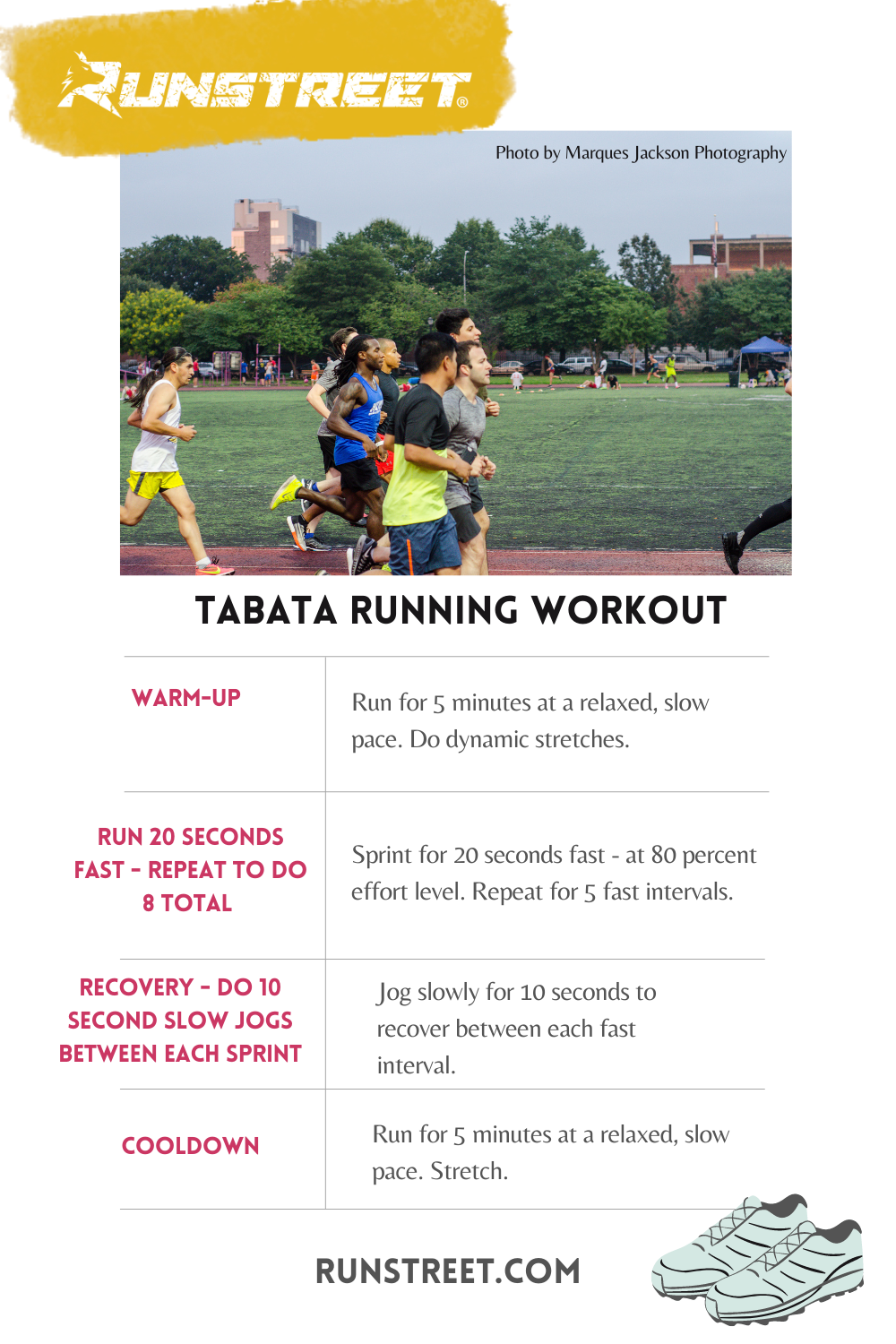Handling Usual Running Discomforts: Causes, Solutions, and Prevention
As joggers, we usually encounter numerous pains that can impede our performance and pleasure of this physical task. By discovering the root factors for these operating discomforts, we can reveal targeted solutions and preventive steps to guarantee a smoother and much more satisfying running experience.
Usual Running Discomfort: Shin Splints
Shin splints, a common running discomfort, typically result from overuse or improper footwear during physical task. The repetitive stress on the shinbone and the cells attaching the muscular tissues to the bone leads to inflammation and discomfort.
To stop shin splints, people need to slowly boost the strength of their workouts, wear proper shoes with proper arch support, and preserve versatility and toughness in the muscles surrounding the shin. If shin splints do happen, preliminary treatment includes remainder, ice, compression, and elevation (RICE) Furthermore, incorporating low-impact tasks like swimming or biking can assist maintain cardio health and fitness while enabling the shins to recover. Relentless or severe instances might require medical evaluation and physical therapy for effective administration.
Typical Running Pain: IT Band Disorder
Along with shin splints, an additional widespread running discomfort that professional athletes typically experience is IT Band Syndrome, a condition triggered by inflammation of the iliotibial band that leaves the outer upper leg and knee. IT Band Syndrome generally materializes as discomfort outside of the knee, specifically during tasks like running or biking. The iliotibial band is a thick band of fascia that links the hip to the shin, and when it comes to be irritated or tight, it can massage against the upper leg bone, causing pain and discomfort.
Runners experiencing IT Band Syndrome may discover a stinging or aching experience on the outer knee, which can worsen with ongoing task. Aspects such as overuse, muscle mass inequalities, incorrect running kind, or inadequate workout can add to the advancement of this problem.
Typical Running Pain: Plantar Fasciitis

Plantar Fasciitis can be credited to various factors such as overtraining, improper footwear, running on tough surfaces, or having high arches or level feet. To avoid and ease Plantar Fasciitis, runners can include stretching exercises for the calves and plantar fascia, use helpful footwear, preserve a healthy weight to decrease pressure on the feet, and gradually raise running strength to prevent abrupt tension on the plantar fascia. If signs linger, it is suggested to get in touch with a health care professional for correct diagnosis and therapy alternatives to resolve the condition effectively.
Typical Running Pain: Runner's Knee
After dealing with the difficulties of Plantar Fasciitis, an additional prevalent problem that joggers frequently encounter is Runner's Knee, an usual running pain that can prevent athletic performance and create pain during physical activity. Jogger's Knee, additionally recognized as patellofemoral pain syndrome, see this materializes as discomfort around or behind the kneecap. Joggers experiencing this discomfort might feel a dull, hurting discomfort while running, going up or down staircases, or after long term durations of sitting.
Common Running Pain: Achilles Tendonitis
Typically affecting joggers, Achilles Tendonitis is an unpleasant condition that impacts the Achilles ligament, creating pain and prospective constraints in exercise. The Achilles ligament is a thick band of cells that attaches the calf muscles to the heel bone, vital for tasks like running, leaping, and strolling - this website. Achilles Tendonitis often develops because of overuse, incorrect shoes, poor extending, or sudden boosts in exercise
Signs of Achilles Tendonitis include discomfort and rigidity along the tendon, especially in the early morning or after durations of inactivity, swelling that worsens with task, and perhaps bone spurs in persistent situations. To avoid Achilles Tendonitis, it is crucial to stretch effectively previously and after running, wear proper footwear with appropriate support, gradually raise the intensity of exercise, and cross-train to reduce recurring stress and anxiety on the tendon.
Verdict
